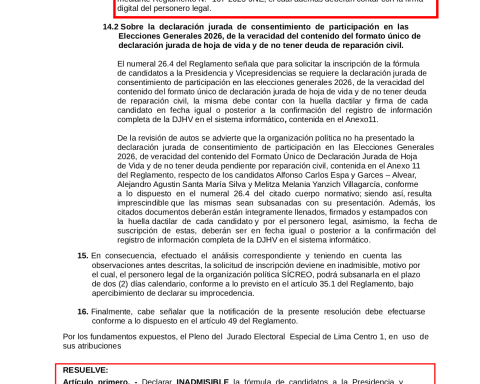For comparison, the private debt of households and non-financial companies represented 146% of global GDP at the end of 2023, according to data from the institution.
“There are good reasons to think that the situation is even worse than expected,” stressed Era Dabla-Norris, deputy director in the Public Finance Department of the International Monetary Fund, during an online press conference.
“Experience reminds us that debt projections tend to be overly optimistic, either because governments are very optimistic about their growth forecasts, or because budget reforms are never fully carried out,” he explained.
If States had already announced budget adjustments, they would not necessarily stabilize public debt and even less reduce it, even if they were fully implemented.
This is because the debt of some of the main economies, first of all the United States and China, continues to increase and show no signs of reversing the curve.
To allow a real reduction in public debt, an adjustment of 3.8% of GDP each year until the end of this decade would be necessary, much higher than the 1% currently planned.
But a poorly calibrated significant reduction in public spending could have a major impact on growth and cause an increase in inequalities, as well as the level of countries’ debt.
The IMF has recalled at various times the need for States to reconstitute budgetary margins, undermined by successive crises since the Covid-19 pandemic, precisely to be in a position to face those that are to come.
At the same time, it recognizes the need for States to invest many resources against global warming and the adaptation of societies to mitigate its consequences.
But the rise in interest rates in the last three years has damaged the public finances of many countries by increasing the cost of credit.
According to the World Bank, some 40 countries are currently facing a debt crisis or are close to it, mainly due to the significant increase in their debt service.

















